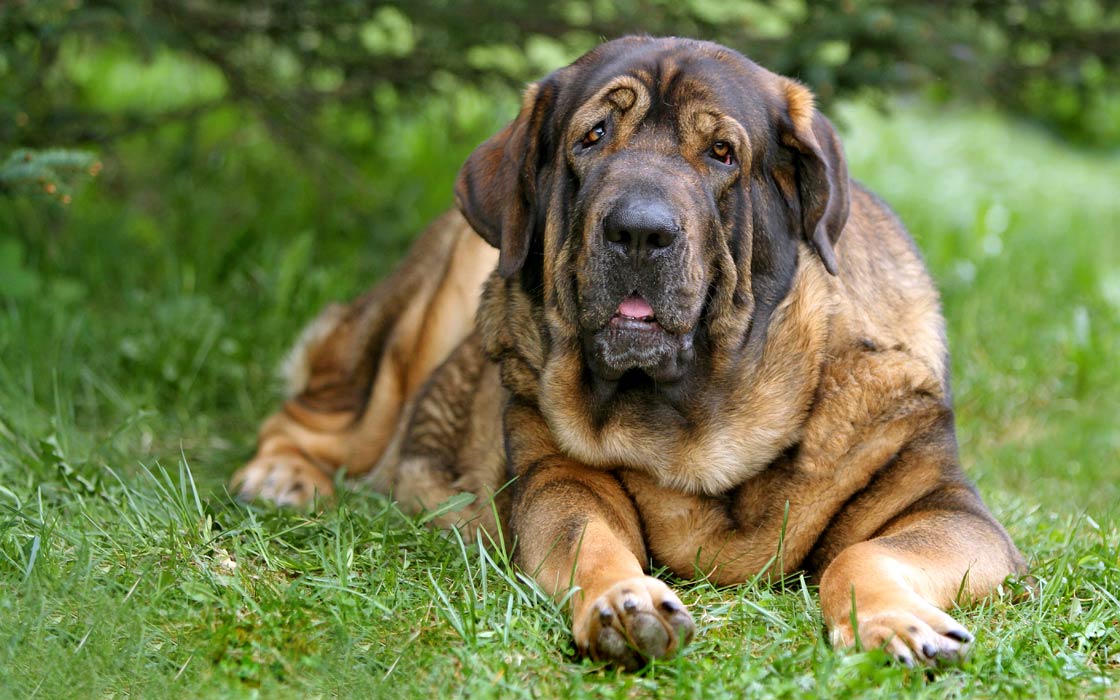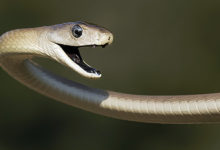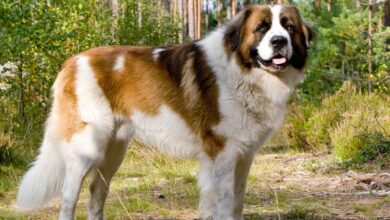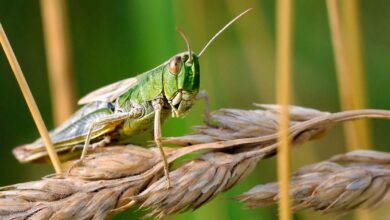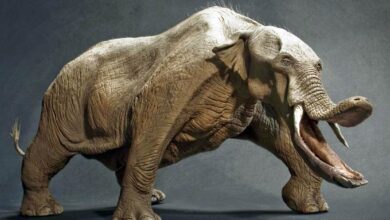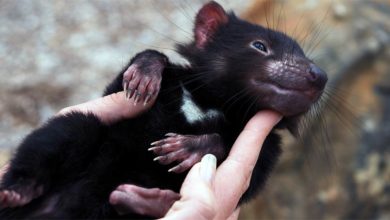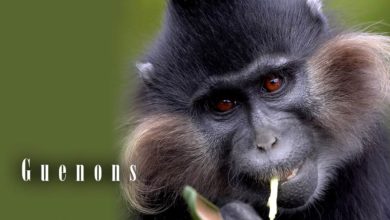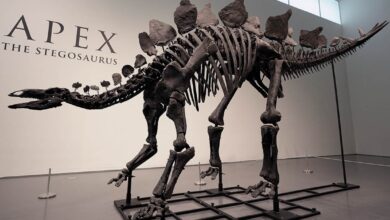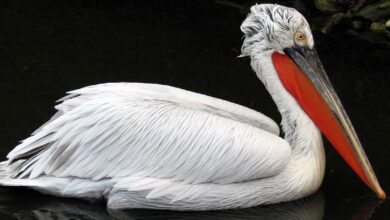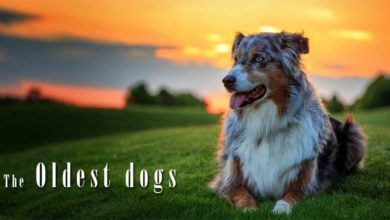Spanish Mastiff, Mastín Español
For enemies – a fearless adversary, for its family – a loving and patient guardian. As you can see, the Spanish Mastiff has two faces, both equally important. However, in order for the dog to be able to show them at the right moments, it needs training that will make it easier for it to live among people. Originally, it was more often with the animals, which it guarded without the help of shepherds. Let’s meet another representative of the mastiffs – an ancient group of powerful and devoted Asian dogs.
FCI Classification
- Group 2 – Pinscher and Schnauzer- Molossoid breeds – Swiss Mountain and Cattle Dogs.
- Section 2.2 – Molossoid breeds, Mountain type
- Without working trial
- Country of origin: Spain
- Original name: Mastín Español
- Other names: Mastin Español, Mastín Español de campo y trabajo, Mastín Ganadero, Mastín Leonés, Mastín Extremeño
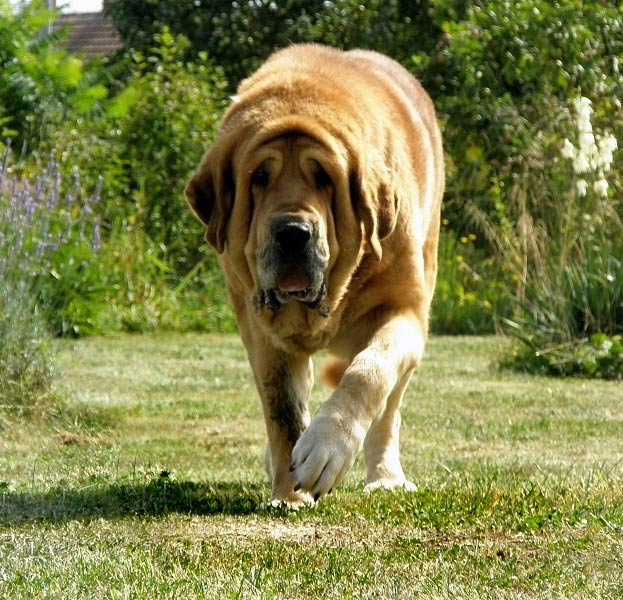
History of the breed
The roots of the Spanish Mastiff are in the Spanish region of Extremadura. It is believed that it originally descended from the ancient dogs, belonging to the Greek tribes – the Molossians, who lived in that area around 2000 BC. Greek dogs belonging to the Molossians may have been introduced by Phoenician merchants from what is now Syria or India. On the Iberian Peninsula, Molossians’ hounds are therefore very old inhabitants. However, Spanish Mastiffs take part in purebred dog shows only from the beginning of the 20th century, while the standard was created in 1945.
Originally, the Spanish Mastiffs acted as watchdogs and protectors of farm animals, but nowadays they also work well as house-sitting dogs. Nevertheless, they are still involved in guarding sheep herds. For centuries, they have perfectly protected their charges against wolves.
Today, the Spanish Mastiffs also work for the police as tracking and protection dogs. However, as it was often crossed with other dogs, such as St. Bernard dogs, the number of pure-bred Spanish Mastiffs has decreased significantly in recent decades. However, breeders are doing a lot to increase the population of these dogs, as this is the national breed of Spain.
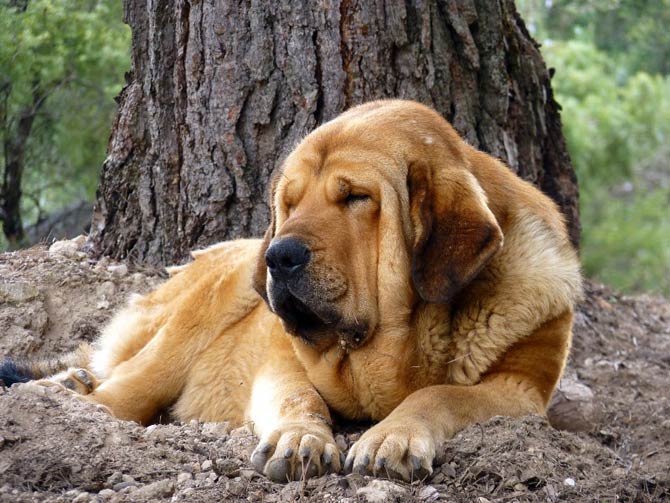
Characteristic
Appearance
As a typical Molossus, it has a strong and muscular body. It is certainly also very large and heavy. Large muscles are attached to strong, thick bones. The Spanish Mastiff also has a very impressive head, equipped with a large mouth, decorated with a distinct, hanging dewlap. Above the massive muzzle, small eyes with a calm gaze are visible. Triangular ears hang loosely on the sides of the head.
Color
The coat is short, dense and straight, composed of two layers. It should feel rough and woolly to the touch. A longer hair grows in the middle of the back and on the tail. The coat color includes yellow (fawn), red, black, wolf gray, a mixture of red and brown, and stripes.
There are two types of mastiff in Spain:
- Mastin Pesado (“Heavy Mastiff”) – a larger, heavier mountain type. It has a larger head, thicker bones, looser skin, and larger dewlap. It is more like primordial mastiffs. It is popular in the mountainous regions of northern Spain.
- Mastin Ligero (“Light Mastiff”) – lighter, with a nobler line and more elegant gait. It moves faster because it is more agile. It is more popular in the south of the country.

Temperament
In terms of character, it is similar to the Anatolian (Kangal Shepherd Dog) – it has dignity, nobility and peace. It does not belong to the loud and playful breeds, but is very loyal and loving. In the face of danger, it can give its life to protect its charges (people or animals).
It likes to be close to the caregiver, but it needs the supervision of a stable, coherent and confident person.
Without this, the mastiff’s independence and strong character will manifest in the negative form of an apodictic and recalcitrant savage.
At first glance, the Spanish Mastiff appears sloppy, lazy and sluggish. In fact, however, it is alert and very sensitive to changes in the environment. It can be surprisingly fast and agile, which seems unlikely given its size.
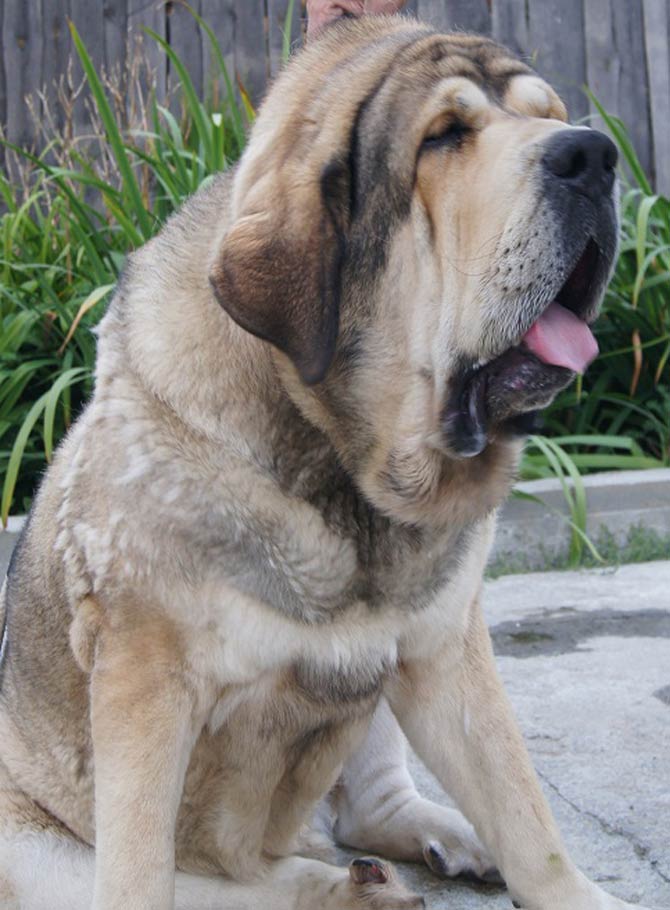
Fearless dog
This demanding dog, under the watchful eye of an experienced owner, will become a strong, completely fearless, self-confident, but also stable and trustworthy animal. To achieve this, it requires early socialization (even from 3 weeks of age). In this way, the adult mastiff will not be hostile to strangers, although it will keep a healthy distance, worthy of a guard and bodyguard. However, it seems that even if it is not socialized as a puppy, this backlog can be made up a bit later. Spanish Mastiffs are very intelligent and learn quickly.
While it is relatively easy to socialize, a little more effort is needed in obedience training. After all, it is by nature an independent defender who does not need human orders. Sometimes it seems to be deliberately disregarding the owner’s commands, which can be frustrating. However, one has to accept the fact that it is a somewhat wild animal, requiring an exceptional, patient and charismatic teacher. The training should be diversified, however, because the mastiff gets boring relatively quickly. Boredom, in turn, forces it to disregard orders.
As a guard and guard dog, it does not chase the predator/attacker, but deters it with loud, deep barking and growling. If, however, the enemy does not retreat, the mastiff will fight without hesitation. To protect the herd (animal or human) it is able to give its life.
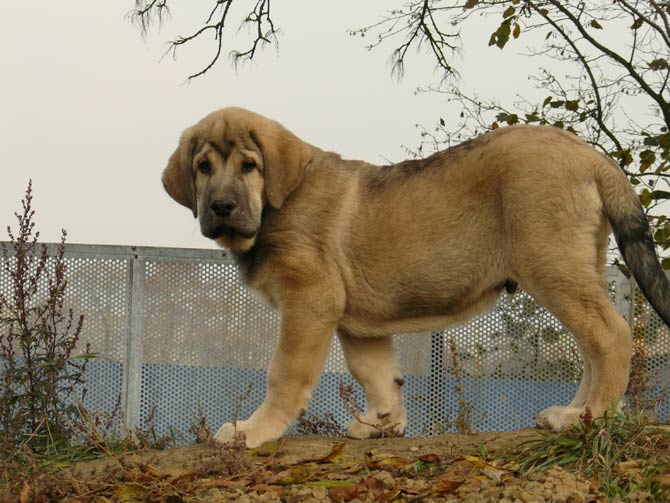
Health condition
Due to its weight and size, Spanish Mastiff may suffer from degeneration of joints (mainly of the hip) in old age. There are also cases of eversion of the eyelid and heart disease within the breed.
With an improper diet, it may suffer from bloating – so it should not be fed with one large meal during the day, but several smaller meals spread over time. Females also have difficult deliveries that require caesarean section.

Detailed data / dimensions (size)
Spanish Mastiff, Mastín Español
- Height at the withers:
- Dogs: 70–85 cm (27.5 – 33.5 in)
- according to FCI, the minimum size for males should be: 77 cm (30.3 in)
- according to FCI, desirable size for males: over 80 cm (31.5 in)
- Females: 65–80 cm (25.5 – 31.5 in)
- according to FCI, the minimum size for females should be: 72 cm (28.3 in)
- according to FCI, desirable size for females: over 75 cm (29.5 in)
- Weight:
- Dogs: 50-70 kg (110 to 150 lb), the largest individuals up to 100 kg (220 lb)
- Females: 40–60 kg (88 to 132 lb)
- Lifespan: 10-11 years and over
- Dogs: 70–85 cm (27.5 – 33.5 in)
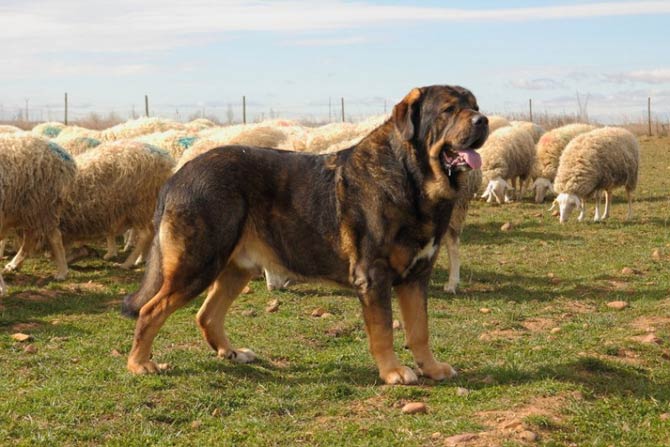
Spanish Mastiff – interesting facts
- On Spanish dog shows, Spanish Mastiffs occur in large numbers, but outside the Iberian Peninsula, it is a rare breed.
- Dogs of this breed, due to their large size, mature slowly. Males become fully grown only in 2-3 years of age.
- The Mastiff salivates profusely and may snore loudly at night.
- It shows great tolerance and patience with children and pets.
- However, because it is large and heavy, it can inadvertently hurt a child, especially during its youth when Mastiff is a bit lively and clumsy.


